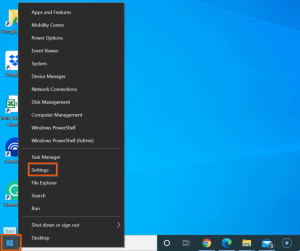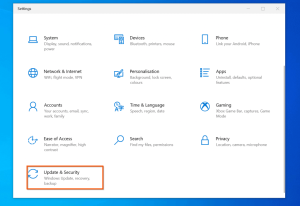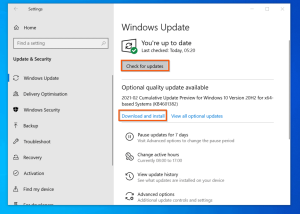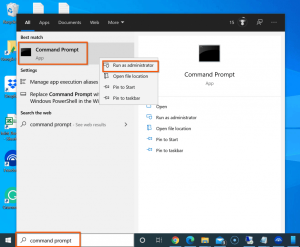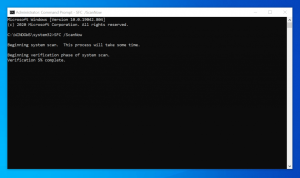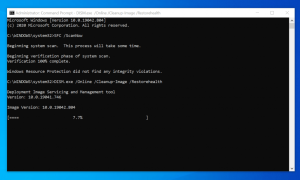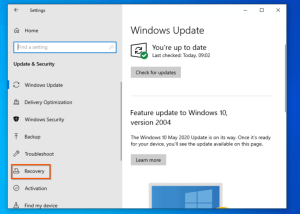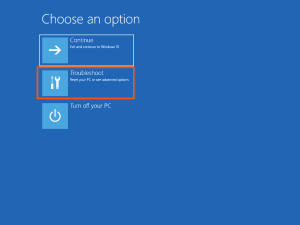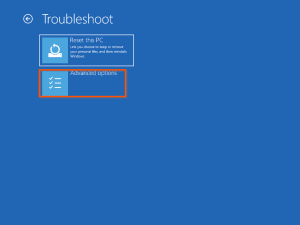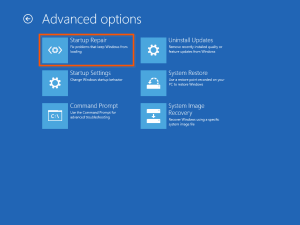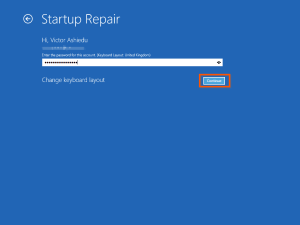File Explorer Not Responding: File Explorer is a valuable program for quickly viewing and managing files and directories on a Windows PC. If the file management app decides not to operate correctly one day, such as not opening, not loading, or crashing, your productivity will be disrupted. Spend a few minutes, carefully follow the procedures below when File Explorer Not Responding, and put all this crap behind you.
What causes File Explorer Not Responding ?
As you can see, it may happen for a variety of reasons. First, you may be running an out-of-date or corrupted video driver. Another possibility is that your PC’s system files are faulty or incompatible with other files or that you have a Virus or Malware infestation. Keep in mind that some apps or services on your computer may be causing Windows Explorer to crash.
File Explorer Not Responding, does not open, or opens and closes? This post provides four known remedies for File Explorer Not Responding in Windows 10.
1. Check for Updates and Reboot Your Computer
Checking for updates is the first step in attempting to restore File Explorer on Windows 10 if File Explorer Not Responding. Then restart your computer. To check for Windows updates, do the following:
- Select Settings from the Windows 10 Start Menu by right-clicking it.
2. Then, on the Windows Settings page, select Update & security.
3. Finally, go to Windows Update and select Check for updates. If Windows Update discovers a new update, it will display it. Click Download and install to install the updates.
4. Even if Windows Update does not identify any updates, restart your computer to ensure that any outstanding updates are installed.
If the problem with Windows 10 File Explorer Not Responding persists after restarting your computer, proceed to the following recommended repair.
2. Verify that there is sufficient space in Drive C. (Or The OS Drive)
- If you do not have enough space on the disc where Windows 10 is installed, it may affect Windows 10, including File Explorer.
- One technique to restore Explorer in Windows 10 if File Explorer Not Responding is ensuring you have adequate space in drive C – or the disc on your computer where Windows 10 is installed.
- Restart your computer after completing this procedure and checking that there is adequate space on the OS disc. Then, look in File Explorer.
If the problem persists, it is time to attempt our more technical advice, beginning with approach three below.
3. Launch System File Checker and the DISM Repair Tools.
I realize how annoying it may be when your computer refuses to operate! It may also aggravate that the first two methods did not File Explorer Not Responding issue.
Please do not quit just yet. The final two solutions are almost certain to solve the problem of File Explorer Not Responding.
Here are the instructions for implementing the third fix:
- Search for the command prompt, right-click the search result and choose Run as administrator.
- Then, when the command prompt opens as an administrator, type the command below – and press the enter key on your keyboard.
ScanNow / SFC
- Wait for the command to complete. Then move on to the next instruction.
- Enter the following command at the same command prompt. Then, on your keyboard, press the enter key.
- The following command needs that you to be connected to the internet. The base connects to Windows Update to obtain files required to repair Windows 10 if necessary.
DISM.exe /Online /Image-Cleanup /Restorehealth
- Wait for the DISM command to reach 100% once more. After that, restart your computer.
- If your Windows 10 File Explorer Not Responding is still not repaired at this point, you should attempt our final card – Run Automatic Repair. For further information, see the next section.
4. Execute Automatic Repair
Our final option for repairing File Explorer Not Responding in Windows 10 is to execute an automated repair. Follow the procedures below to run automated repair:
- Select Settings from the Windows 10 Start Menu by right-clicking it. Then choose Update and security.
- Click Recovery in the left pane of Windows Update.
- Then, in Recovery’s Advanced starting section, select Restart now. The machine will then restart and enter recovery mode.
- When your computer prompts you to choose an option, choose Troubleshoot – the second choice.
- Then, on the Troubleshoot screen, select the Advanced options option.
- When the Advanced choices box appears, select Startup Repair. Your machine will begin automatic repair; wait for the Startup Repair screen to appear.
- Then, on the Startup Repair screen if File Explorer Not Responding still, choose your account, input your password, and click Continue (as seen in the two photos below).
- If your credentials are valid, Windows 10 will begin automated repairs. All you have to do from here is wait! The computer will restart numerous times during the automated repair.
- If you get the notice “Startup Fix couldn’t repair your PC,” it signifies that the repair failed. In that case, I propose that you restart your computer.
Remove everything is an option on the reset PC page above, as shown in the second picture below. When you come to this stage, kindly pick the Keep my files option to keep your files.
How can I resolve File Explorer Not Responding issues in Windows 11?
ALSO SEE: scanning And Repairing Drive Error In Windows 11 (2022)
- As a first step, restart File Explorer on Your Windows 11 PC if you encounter problems like File Explorer Not Responding.
- You may then restart your computer. If you’re still having problems, clear the cache in Windows 11 File Explorer.
- Check Windows Update for the most up-to-date software, run the System Maintenance Tool, and, most importantly, check to see your Windows 11 PC for viruses and malware.
Can I remove and reinstall File Explorer?
To answer your question, if you have administrator access to the file system, you can remove it. Is it, however, worthwhile?
Keep in mind that by removing the explorer.exe FileFile, you will no longer have a desktop to work with.
ALSO SEE: Audio Crackling Windows 10
Remember that this executable serves two purposes. First, its initial instance presents you with the Windows desktop environment. Any other model provides the File Explorer application. As you can see, File Explorer Not Responding issues can severely limit your Windows 10 user experience, but we hope these remedies were helpful to you.
If you’ve been using File Explorer for too long, it’s time to take action. First, refer to the suggestions above if your Windows 11 PC’s File Explorer not responding. On Windows 10, you may also experience scenarios where your File Explorer Not Responding, but the remedies remain the same.
ALSO SEE: Windows 10 Mobile Hotspot Not Working
If Explorer.exe does not rely on starting, steps must be made to resolve the complete issue. Remember that several people have experienced File Explorer not responding while launching Microsoft Word, so if this happens to you, follow the procedures above again.
Please use the comments below if you have any comments, questions, or recommendations.

